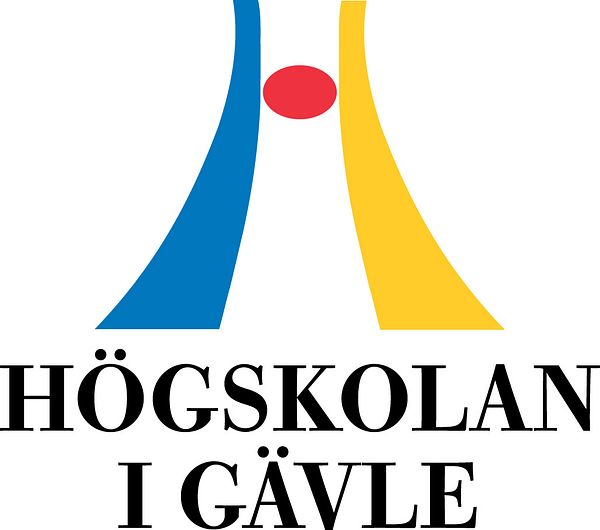Press release -
Successful fish traps international win
“7,7 million SEK from the European Union Fisheries Fund will help develop new fish traps which are better for the fishers, the fish and the environment,” says Lars Hillström, biologist and research manager at the University of Gävle.
A new fish trap for herring, perch and vendace is now being developed in a collaborative project between the University of Gävle and a fishing company, Harmångers Maskin och Marin AB, managed by Christer Lundin and Mikael Lundin. The latter has a PhD on selective traps for herring and whitefish. Concerning the vendace, there is a collaboration with fishers in Kalix.
More young people need to choose the fishing trade. For this reason, researchers like Lars Hillström have developed a fish trap that is both more user-friendly and more efficient.
“There used to be as many coastal fishing villages in the Gävleborg region as there are fishers today. By developing new modern ergonomic traps, we would like to change this negative trend,” Lars Hillström says
User-friendly ponton traps

Lars Hillström
“We have developed a seal-proof, movable, ergonomic and efficient multitrap which can be used on all depths and modified for different purposes,” Lars Hillström says.
The traps are ergonomic as they are lifted by pontons with the help of a compressor. Otherwise, this is heavy work. It is important for the researchers to stimulate coastal fisheries to avoid big trawlers to come in and vacuum the sea.
“Smaller boats use less fuel and we know that big trawlers damage the sea floor. It is fun to develop fishing methods that are environmentally friendly and easy for people to use, and which can promote coastal fishing so that the cultural landscape can get a chance to prosper.”
“The perch aren’t easy to fool”
Lars Hillström points out that the perch are sensitive to change, so the real advantages of the new perch trap are that is adapted to the great sensitivity of the perch and that is does not touch the sea floor.
“We have observed that common traps can disturb the sea floor and that the sea floor in turn can disturb the traps; the perch are not easy to fool.
More herring
Earlier, herring used to be fished with traps just beneath the surface, but with the new traps fishers can catch herring at a depth of 50 meters.
“This method makes it possible for us to fish also at other times of the year, for instance in mid-autumn. Fishing will also become selective as small fish can escape from the trap.”
International success
A few years ago, the researchers in Gävle participated in developing another kind of fish trap which has been very successful. Today, fishers from Kamchatka in Russia and the Donau Delta in Romania use these traps.
“We saw how hard they had to work when they used their old gear. Our new equipment also made it much easier for them to, for instance, release protected sturgeons.”
“These are passive traps, because they are not dragged around. As the fish remain unharmed, all fish can be released unharmed. Mikael Lundin’s doctoral dissertation also demonstrates that the survival rate for fish in these traps is high, compared to the trawlers where the survival rate is much lower,” Lars Hillström concludes.
For more information, please contact:
Lars Hillström, senior lecturer in biology and research manager for the new project at the University of Gävle
Phone: 072-168 23 98
E-mail: lars.hillstrom@hig.se
Text & Photo Lars Hillström: Douglas Öhrbom
Topics
- Natural resources
Categories
- lars hillström
- environmental care
- coastal fishing
- selectively fishing
- passive traps
- ergonomics
- cultural landscape
- overfishing
- fish care
- research
- sustainable living environment
- university of gävle
Education and Research at a Scenic Campus.
The University of Gävle has approximately 17 000 students, more than 50 study programmes and second-cycle programmes, about 1 000 courses in humanities, social and natural sciences and technology.
Research Profiles
Built Environment and Health-promoting Working Life are the general research profiles of the higher education institution. Important parts included are Spatial Planning with a specialisation in Sustainable Built Environment and Musculoskeletal Disorders with the purpose to prevent work-related injuries. In 2010, the higher education institution received permission to carry out third-cycle programmes in the profile area of Built Environment.
The higher education institution has applied for permission to carry out third-cycle programmes in technology, humanities and social sciences.
